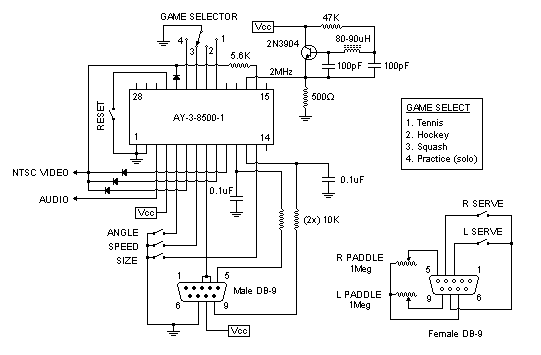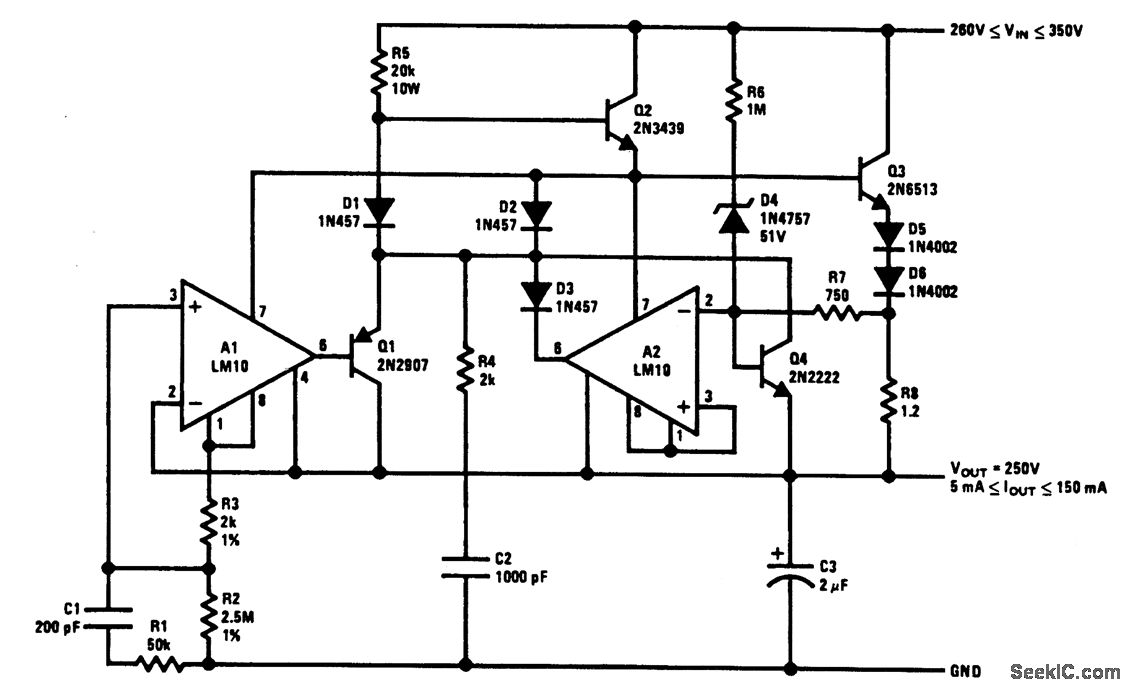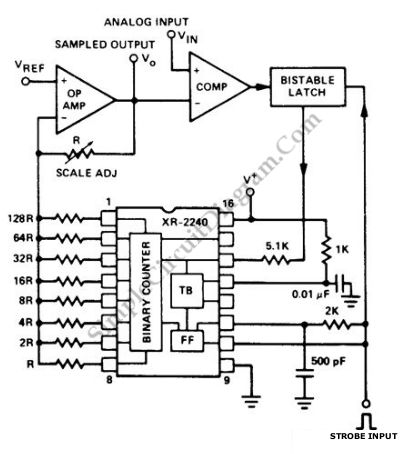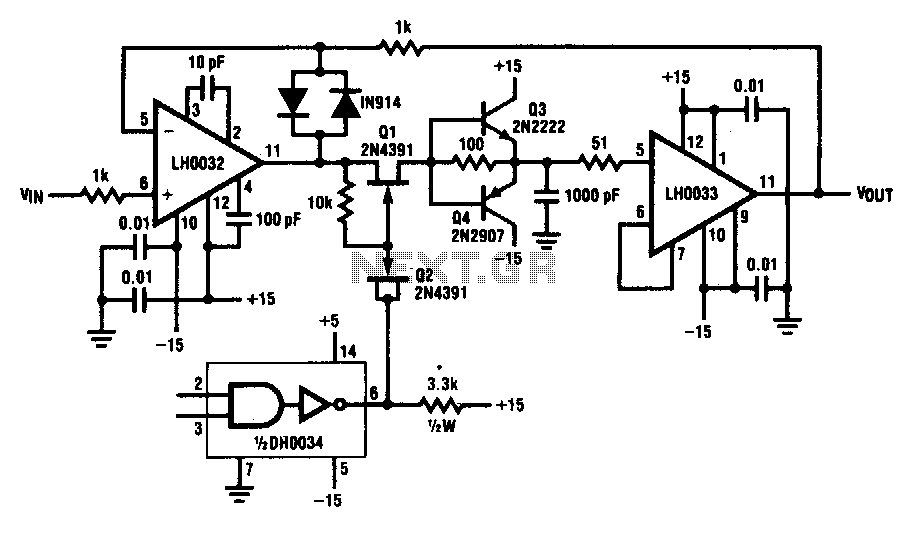
Old pong console

One day, an old Pong console was purchased from a vendor at a flea market. Upon returning home, it was connected to the television. However, the absence of an AC adapter posed a problem, prompting the use of C batteries. Upon removing the battery cover, it was discovered that there were already batteries inside. These were removed, but the metal contacts were corroded and rusted, rendering them non-functional. The console required a total of 6 batteries, each rated at 1.5V, resulting in a total voltage of 9V. Eventually, a 9V AC adapter was located.
The described scenario involves an old Pong console that operates on a voltage of 9V, supplied by six 1.5V batteries. The corrosion of the battery contacts is a common issue in vintage electronics, as prolonged exposure to battery leakage can lead to significant damage. In this case, the corrosion prevented the console from functioning properly when powered by the existing batteries.
For the successful operation of the Pong console, it is essential to ensure that the battery contacts are clean and free from corrosion. If the contacts are heavily corroded, they may need to be replaced or repaired to restore functionality. Cleaning can be performed using a fine abrasive material or a specialized contact cleaner to remove rust and corrosion.
In addition to using batteries, the console can be powered using an appropriate 9V AC adapter. The specifications of the adapter should match the voltage requirement of the console, and it should provide a stable output current to ensure reliable operation. When connecting the adapter, it is crucial to verify the polarity of the output to avoid damaging the console.
For those looking to restore or maintain similar vintage gaming consoles, it is advisable to regularly inspect the battery compartment for signs of corrosion and to clean the contacts as needed. This preventative measure can prolong the lifespan of the device and ensure optimal performance.One day I bought an old pong console from an old lady at a flea market. When I got back at home I hooked it up to the TV But the problem was that I didn`t have the AC adapter for it So I took C batteries to insert them in the console but when I removed the battery cover there already was batteries in it I removed them but the metal contacts where all corroded and rusted so they did not work anymore :( It used 6 1.5V batteries so in total that`s 9V I finally found a 9V AC.. 🔗 External reference
The described scenario involves an old Pong console that operates on a voltage of 9V, supplied by six 1.5V batteries. The corrosion of the battery contacts is a common issue in vintage electronics, as prolonged exposure to battery leakage can lead to significant damage. In this case, the corrosion prevented the console from functioning properly when powered by the existing batteries.
For the successful operation of the Pong console, it is essential to ensure that the battery contacts are clean and free from corrosion. If the contacts are heavily corroded, they may need to be replaced or repaired to restore functionality. Cleaning can be performed using a fine abrasive material or a specialized contact cleaner to remove rust and corrosion.
In addition to using batteries, the console can be powered using an appropriate 9V AC adapter. The specifications of the adapter should match the voltage requirement of the console, and it should provide a stable output current to ensure reliable operation. When connecting the adapter, it is crucial to verify the polarity of the output to avoid damaging the console.
For those looking to restore or maintain similar vintage gaming consoles, it is advisable to regularly inspect the battery compartment for signs of corrosion and to clean the contacts as needed. This preventative measure can prolong the lifespan of the device and ensure optimal performance.One day I bought an old pong console from an old lady at a flea market. When I got back at home I hooked it up to the TV But the problem was that I didn`t have the AC adapter for it So I took C batteries to insert them in the console but when I removed the battery cover there already was batteries in it I removed them but the metal contacts where all corroded and rusted so they did not work anymore :( It used 6 1.5V batteries so in total that`s 9V I finally found a 9V AC.. 🔗 External reference





